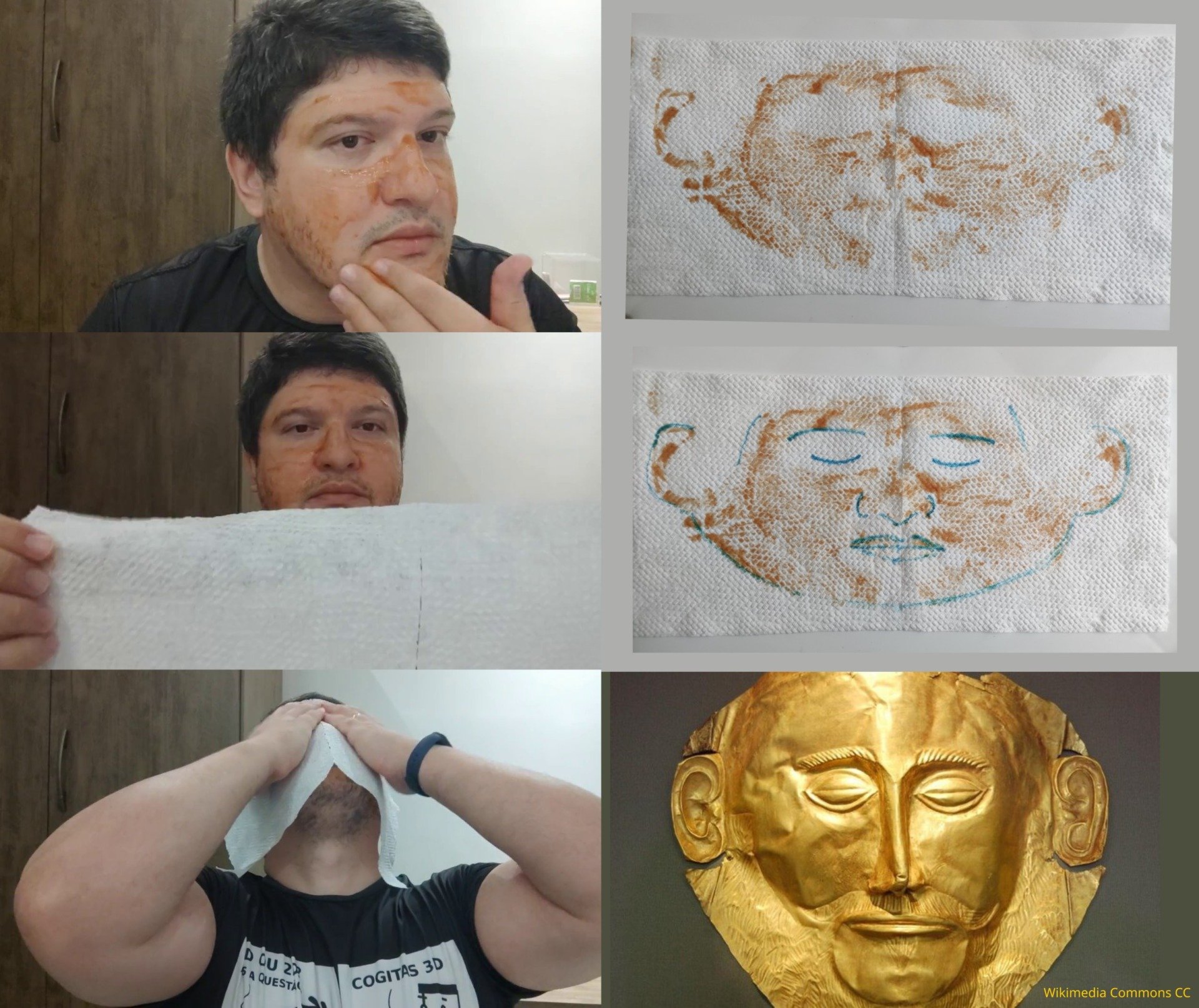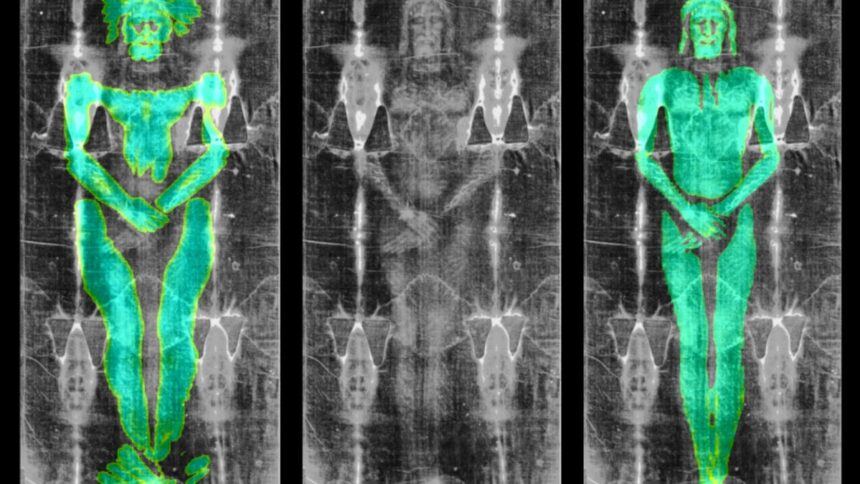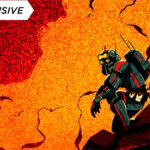The Shroud of Turin is an ancient linen cloth with the subtle impression of the front and back of a crucified man. While many believe it was the burial shroud in which Jesus was wrapped when he died in the 30s CE, scientific research has dated it to between 1260 and 1390 CE, suggesting it’s a medieval artifact. An ingenious new approach using 3D scans is now adding further credence to the suggestion that Jesus’s body—or any body for that matter—never touched this famous fabric.
Cicero Moraes, a 3D designer specializing in digital 3D facial reconstruction, has joined the contentious debate by using computer models to simulate two scenarios: draping a sheet of fabric (the same size as the Shroud of Turin) on a 3D human and one on a low-relief depiction of a human to compare their imprints, or contact patterns. Low-reliefs, also known as bas-reliefs, are carvings in which the figures emerge only slightly from their backgrounds. In other words, Moraes wanted to see whether the figure on the Shroud of Turin corresponds more closely to the imprint of a human body or a bas-relief.
“The results demonstrate that the contact pattern generated by the low-relief model is more compatible with the Shroud’s image, showing less anatomical distortion and greater fidelity to the observed contours, while the projection of a 3D body results in a significantly distorted image,” Moraes wrote in a study published late last month in the journal Archaeometry. Moraes is the sole author. Simply put, “the Shroud’s image is more consistent with an artistic low-relief representation than with the direct imprint of a real human body, supporting hypotheses of its origin as a medieval work of art.”
The study paid particular attention to the “Agamemnon Mask effect.” The effect sees the contact pattern of fabric draped over volume, like a body, appear distorted and bloated once flattened or pulled taut. The name comes from the famous Agamemnon Mask, a 3,500-year-old gold death mask Heinrich Schliemann (the amateur archaeologist best known for “discovering” the city of Troy) unearthed in Greece and misidentified as belonging to the Homeric hero Agamemnon.

The full-face mask, which represents the face of the deceased, appears strangely wide for the same reason that the imprint of a human face in fabric would also appear wide once flattened. The real Shroud of Turin does not display the Agamemnon Mask effect.
On the other hand, “the printed image, generated from the contact regions in low relief, shows high compatibility with that present on the Shroud of Turin, significantly corresponding to its contours, even considering a not entirely flat base,” Moraes explained in the study.
This conclusion supports the theory that the Shroud was not wrapped around a real human (or divine) body. Instead, it may have been an artistic representation, he suggested, potentially related to funerary practices.
“This work not only offers another perspective on the origin of the Shroud of Turin’s image but also highlights the potential of digital technologies to address or unravel historical mysteries,” he concludes, “intertwining science, art, and technology in a collaborative and reflective search for answers.”
Read the full article here












